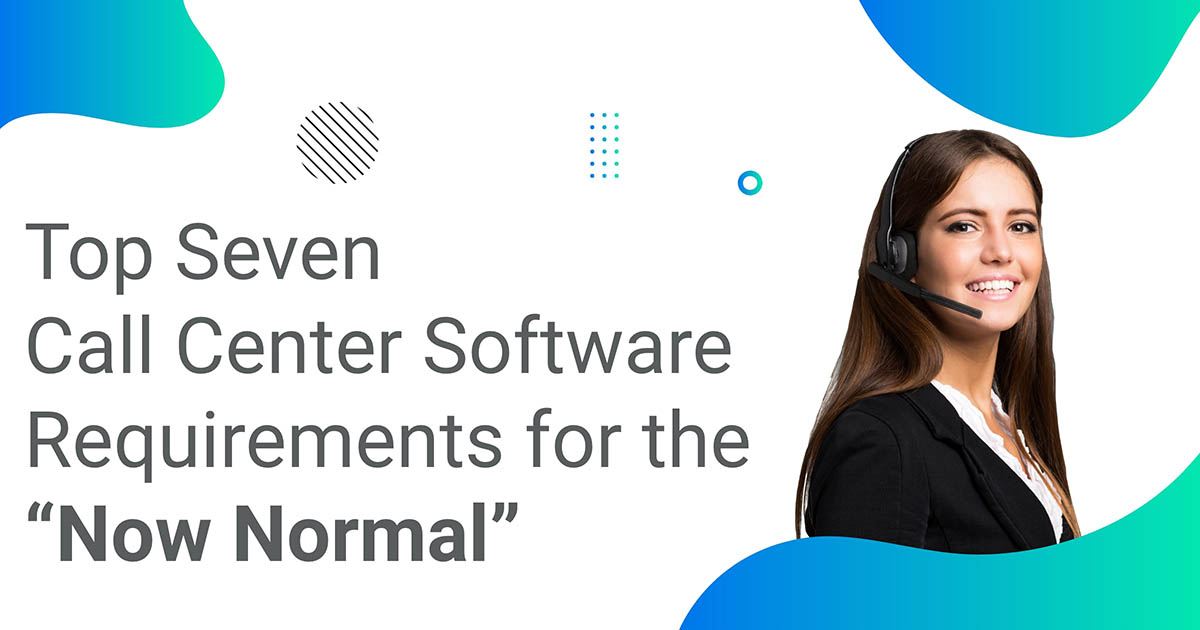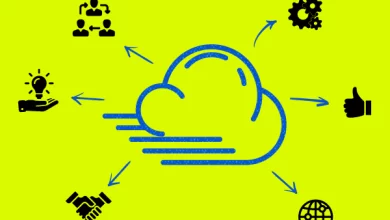Agent Attrition: Time For A Change

“WELL, YOU KNOW, IT IS A CALL CENTER.” That phrase always seems to be uttered at some point when discussing turnover at a contact center. It suggests a certain resignation to a situation that is not only problematic on its own, but symptomatic of bigger issues in an organization. Ironically, the same people who often make this statement know full well that it is too important to ignore. In survey after survey, contact center leaders cite agent attrition as the most important issue facing them today.
Despite our recognition of the significance of turnover, our language (and sometimes our actions), seems to derail efforts at improvement. That simply must change, as there is too much riding on it to accept anything less than a complete turnaround concerning turnover. The fixes are no real secret—any initiatives to improve engagement, empowerment and frontline leadership skills will quickly set us in a better direction. Some companies have made this leap, and are enjoying the benefits of an engaged, committed and stable team of agents. The industry as a whole needs to follow their lead, and I can think of no better place to start than by questioning the assumptions that are evident through common phrases used to explain attrition.
The Leadership Impact
“Some attrition is a good thing.” Yes, any organization of 50, 500 or 5,000 will have a few bad apples, and contact centers are no exception. But “some” is a very vague term, and makes it too easy to brush the problem under the rug.
 Typical attrition rates seem to hover around 35% annually as an industry average, but the average does not tell much of a story. There are centers out there that regularly run in single digits, others that are in triple digits, and a whole lot at every level in between. Low attrition is not necessarily an indication of high satisfaction and engagement, as some centers hang on to staff because they are the only show (or the highest paying show) in town. High attrition, though, is always a clear indication of underlying problems that go far beyond compensation.
Typical attrition rates seem to hover around 35% annually as an industry average, but the average does not tell much of a story. There are centers out there that regularly run in single digits, others that are in triple digits, and a whole lot at every level in between. Low attrition is not necessarily an indication of high satisfaction and engagement, as some centers hang on to staff because they are the only show (or the highest paying show) in town. High attrition, though, is always a clear indication of underlying problems that go far beyond compensation.
The price we pay for underinvesting in our frontline leaders is felt by every agent on the team.
Reviews of external exit interviews typically show a common theme—people leave supervisors more than they leave organizations. When supervisors receive little formal leadership training, and are never evaluated on metrics like the engagement levels of their team and the quality of the coaching that is done, it is easy to see why agents get frustrated. The price we pay for underinvesting in our frontline leaders is felt by every agent on the team, and has the greatest impact on the agents that are motivated to serve the customer and succeed in their position. The team members we most need in our organizations are the ones who most quickly recognize the futility of their situation and find a way to leave.
High-Value Work
“We are actually happy to see our staff transfer out to other areas.” Well, it certainly is better than having them leave to go to the competition, but is it really a good thing? Maintaining appropriate staffing levels is critical to generating quick answer times, and quick answer times are an important ingredient to a great customer experience.
Beyond the speed part of the equation, though, is the expertise that each agent represents. If we hire correctly, they come to us with a passion for service and an innate understanding of how to listen and engage in conversation. Those are rare and prized traits, and that agent becomes infinitely more valuable when we add the training needed to understand the systems, products and culture within our organization. If we had invested this heavily in software or furniture, would we be complacent if someone from accounting or marketing swooped in and took it from us 15 months after purchase? Not likely, and our people certainly deserve more of our attention than some chairs and apps.
We all want to know that we are valued as individuals, but it equally important to know that the role we hold in the organization is valued. Staff in any position look to the actions of leaders to get a read on this, and our tendency to micromanage, coupled with limited career development training, sends the wrong message. A company local to my area has recently been advertising about how their technicians get four weeks of training a year. Message received—your people matter to you, and you invest in them. Given the option, most of us would opt to work for the company that makes this type of commitment. And the more we commit, the less likely we will be happy to see people leave, regardless of where they go.
Leaders who view attrition as a symptom rather than an outcome are better positioned to make lasting improvements.
Sign of the Times
“When times are tough people will stick around.” Well, yeah, no kidding. Seeing better attrition rates when there is nowhere else to go should not be confused with taking the action needed to improve engagement, empowerment, and the culture in an organization. In fact, poor economic times can lull organizations into bad practices they will pay for dearly when the market improves.
Leaders who view attrition as a symptom rather than an outcome are better positioned to make lasting improvements. Motivated, engaged agents do not leave an organization regardless of external job conditions. There are many packaged surveys out there that do a very good job of measuring engagement, and using one of these annually is one sure way to get in front of potential issues before they become a real problem.
Complacency Is a Recipe for Disaster
“It’s really not that bad.” Well, I have to disagree. Of course some agents will move on to other positions, internal and external. But instead of being a weigh station in a talented person’s career journey, why can’t the position of agent be a destination? A complacent attitude toward turnover of what is without question a key position is a recipe for disaster. It seems that we need to recalibrate our approach to find any annual attrition rates in double digits (or more) to be a red flag. Maybe we are hiring the wrong people. Maybe staff is not as engaged as they could be. Maybe there is a lack of empowerment that sends staff searching for greener pastures. Whatever of those and other reasons play into the equation, they are all fixable. We won’t start getting to the fix, though, until we are dissatisfied with current results. So let’s get attrition on the organizational dashboard, let’s set the goal at 10% or less, and let’s get to work on the fixes.
Jay Minnucci is Founder and President of the independent consulting firm Service Agility.
– Reprinted with permission from Contact Center Pipeline, http://www.contactcenterpipeline.com


